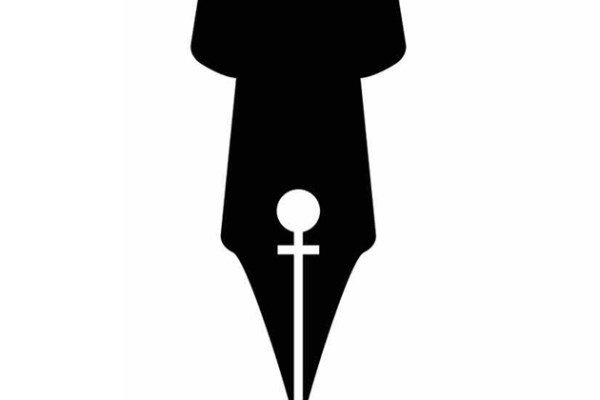It is increasingly difficult to pin-point the specific causes of various protest movements across the world, but all of them signify a fluid feeling of unease and discontent…Thomas Crowley tries to understand the true nature of the recent protests in Turkey.
‘The Occupy movement’ in the United States produced a similar image: a police officer dressed in riot gear cavalierly dousing a protester with pepper spray. But that image, though shocking, doesn’t have the same symbolic weight, nor the electric energy, of the photograph that emerged from the Gezi Park protests in Istanbul, Turkey on May 28, 2013.
In the foreground of the full-sized photo (it is often cropped), a concerned-looking woman hunches her shoulders and scrunches shut her eyes. Behind her, a police officer, riot gear on, knees bent, shoots a stream of pepper spray at another woman, who is wearing a red, summery dress and has a white canvas bag draped over her shoulder. Her hair is flying up, as if hit by a gust of wind, and her gaze is down, but her stance is firm, as if defiant.
Naturally, the news media loved this image, as did the various social networks, and the photo quickly spread. It came to symbolise, according to the standard media narrative, what the Gezi Park protests were all about: a modern, educated woman (a university professor, it turned out) being attacked by the brutal, regressive machinery of the state. The secular forces of Turkey were finally fighting back against the creeping Islamisation of their country, and against the chief driver of this conservative push, Prime Minister Recep Tayyip Erdoğan. The West-friendly middleclasses were fed up with encroachments on their freedom, from restrictions on buying alcohol to stringent new rules on abortion.
One of the most cheerful purveyors of this narrative was The Telegraph, a famously conservative UK newspaper. This should tell us something about the way the narrative was being deployed. An article in The Telegraph puts it bluntly: the iconic photo “set off a major escalation of the protests, which have pitted Turkey’s secular middle class against what they see as an increasingly authoritarian Islamist government.” The Western media found it easy to fit the Turkey protests into familiar binaries: tradition vs. progress, Islam vs. secularism, women’s rights vs. oldfashioned gender roles. And it’s no surprise that Western commentators chose the side of secular progress against supposedly regressive Islam. (Funny that the conservatives of Turkey and the conservatives of the UK don’t get along; you’d figure they have plenty of common ground, from restricting women’s rights to praising unbridled capitalism. Maybe they feel competitive with each other.)
In fact, media outlets like The Telegraph buy into the same reductionist, misleading dualism that Erdoğan has himself promoted. As he lost the support of liberals (who were crucial to his initial rise to power), Erdoğan has sought to bolster his credentials by appealing to his remaining supporters, who are largely rural and conservative. While there is a grain of truth to the opposition of rural/ conservative/religious to urban/liberal/secular, it erases the deep complexity of a changing Turkish state. Erdoğan, who has presided over many of these changes, should be the first to recognise this; but then, it is more politically expedient for him to polarise the Turkish people and consolidate his remaining support base.
Against both Erdoğan and The Telegraph, many reports from the sites of the protests attested to their spectacularly diverse character. They actually began as an environmental protest, opposing the building of a mall in one of the city’s last green spaces; the construction company slated to build the mall had close ties to the ruling party. The environmental protest was part of a larger discontent with Erdoğan’s farreaching urban renewal schemes, which were themselves just one element of the current government’s remaking of Turkey along neoliberal lines.
It is true that outrage at police brutality, not environmental concerns, served as the spark that ignited the larger wave of protests. However, a wide cross-section of society took to the streets, with the dominant attitude being “enough is enough!” The fact that about 2.5 million people participated in the protests is itself a sign that it was not merely an uprising of a small, urban, Westernised elite.
The protests drew the young and the old, the left and the right, the secular and the religious. At the protests, there were prominent signs hung by a group called the Anti- Capitalist Muslims. When Ramadan came, the protesters began organizing a mass iftar for anyone who wanted to join. When Erdoğan dismissed the protesters as just a few “looters,” the protesters – who throughout showed an admirable sense of humour – began referring to themselves as “looters” as a point of pride.
Erdoğan perhaps revealed his real fears later, when he blamed the protests on the foreign “interest rate lobbies” who wanted to exploit political instability in Turkey for their own financial gains. Although this was dismissed by most as a loony conspiracy theory, it was grounded in Turkey’s past experiences of indebtedness at the hands of Western financiers and governments, as well as the risks Turkey has taken recently by opening itself up to global market whims. In an insightful analysis of the protests, which appeared in Kafila, Tamer Söyler notes that Erdoğan is a businessman at heart. This – more than the woman in red or Erdoğan’s recent attempts to ban co-ed hostels at government colleges – may be a truer sign of Turkey’s changing fortunes.


